Text
Nashville in 24 Hours

Nashville has three mandatory things to check out, and all are within blocks of each other: Broadway's live music zone (and the nearby Roman Auditorium), the Country Music Hall of Fame and the nearby walking bridge over the Cumberland River (to give the ears a rest!). If you're a sports fan, both the Nashville Predators hockey and Tennessee Titans footballs teams play nearby the Broadway music area.

After checking out Memphis' Beale Street, Nashville's Broadway was comparitively busier, louder and more chaotic. There was over 50 bars and restaurants over a three block stretch of Broadway, and live country music was blasting from most of them. My personal favorites of the dozen we checked out were Kid Rock's Big Ass Honky Tonk Rock N' Roll Steakhouse (multi-level, loud and rambunctious, a real party zone!) and AJ's (Alan Jackson's) Good Time Bar (small joint with more of a true country dive vibe).
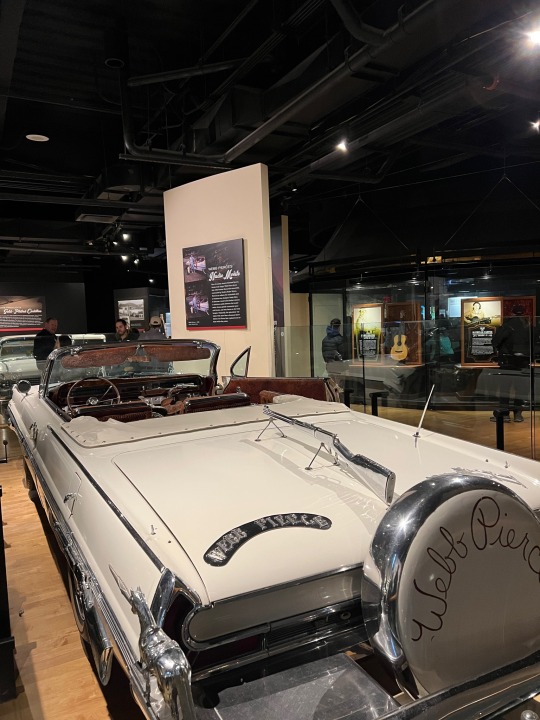
The nearby Country Music Hall of Fame is an awesome journey through the history of country music. A ton of memoribilia here - everything from country legends' instruments to their cars. Also of note is the rotating exhibits, which during our visit featured the LA country rock scene of the sixties and an exhibit on Dick Curless (who I had not heard of, being a rock n roll guy). As part of one of the Country Music Hall of Fame ticket packages, there is a shuttle to RCA Studio B (a mile away on Music Row) where Elvis, Dolly and Waylon Jennings recorded. Highly recommended for music history buffs!
0 notes
Text
24 Hours in Philadelphia
I spent one day in Philly, and was able to "check off boxes" with a little of everything that might be viewed as mandatory. The day started et Elfreth's Alley, which was like stepping into a time warp back to the 1700's. This well preserved gem is a row of Georgian and Federal style houses dating from 1720 to 1836. Unlike the next two sites, there are no security lines and minimal people (though I was there at 8am).
Next up is the Liberty Bell, which was cast in 1752 and hung in the steeple of Independence Hall (the old Pennsylvania State House). To avoid long lines, I recommend getting there 20 mins before 9am opening. There are various displays describing the history and the famous crack, all leading to the bell itself right at the exit door.
Next door to Liberty Bell is Independence Hall (advance ticket is needed, book online. Independence Hall is where both the Declaration of Independence and the Constitution was debated and signed. It is a half hour tour, and the lecture was informative (I had no idea it was little known Richard Henry Lee who first suggested we break off from Great Britain). After this, the nearby National Constitution Center is worth checking out (it's free and no security lines).
Next, head east on Market Street towards City Hall, and make a right at 10th to walk through the Chinatown Gates. After checking out Chinatown, head back to Market Street, past City Hall, and get onto Benjamin Franklin Parkway for a tree shades walk towards Logan Square, the Philadelphia Museum of Art, and the famous Rocky Steps from the movie. A photo opp statue of Rocky is at the bottom, and there will probably be a line of tourists waiting to have a pic with him, but it moves fast.
This next site is not for everyone. If you're a fan of creepy abandoned places, check out the Eastern State Penitentiary, a short walk from the museum. At the time it was built in 1829, it was the largest and most expensive public building in the US. Numerous paranormal shows have investigated and found activity and apparitions. It's a huge complex to explore, and it's hub-and-spoke structure inspired the design of hundreds of prisons.
Philly would not be complete without a cheesesteak sandwich, and while Pat and Geno's get all the attention, I read Angelo's is the best. But being a tourist, visiting the Pat and Geno rivalry, is kind of a must. It's a three mile walk through various hoods from the penitentiary or the museum, so uber/taxi might be calling for this stop. Nearby is both Little Italy and the Latin area.
I've been to numerous baseball parks, and the Phillies park (currently Citizen's Bank Park) ranks above average, with a fun open plaza area with food court behind centerfield, so that's a great option for the night. As a lot of this walking tour covered US History, it should be mentioned here that the Phillies (1883) are the oldest "single name, single location" team in professional sports. There are other franchises that are older, but they either went through a name change or moved cities (or both).

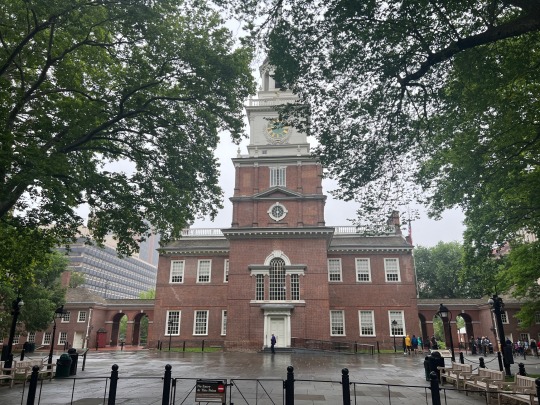


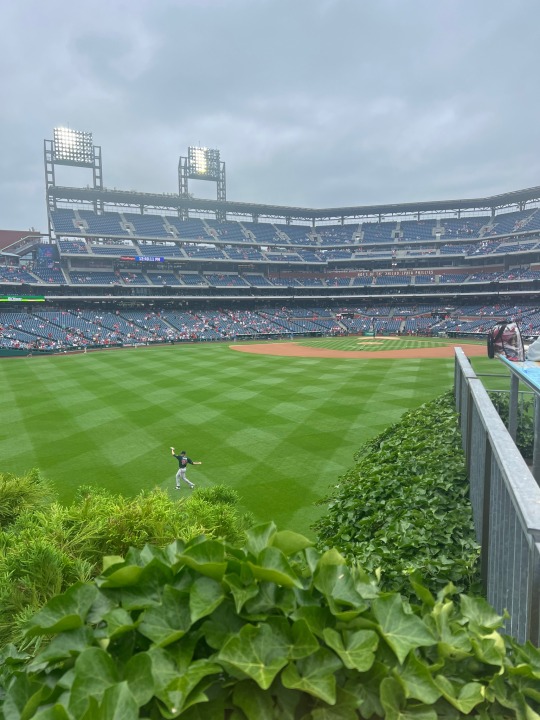
1 note
·
View note
Text
San Antonio in 24 Hours
Of my posts so far (Manhattan, Chicago, etc), covering San Antonio on foot requires the least amount of time and effort. Sure, there is plenty to see in the greater San Antonio area, such as the San Antonio Missions National Park, but central downtown has essentially two things to check out: The Alamo and San Antonio Riverwalk.
Both of these can easily be conquered in an afternoon, but I recommend doing the Alamo near closing hours, the Riverwalk at sundown for dinner (dozens of options) and a boat ride, and then exploring some of the downtown streets at night. I like old retro signs, and downtown has some cool neon-type signage in addition to glowing horse-drawn carriages wandering everywhere for hire.



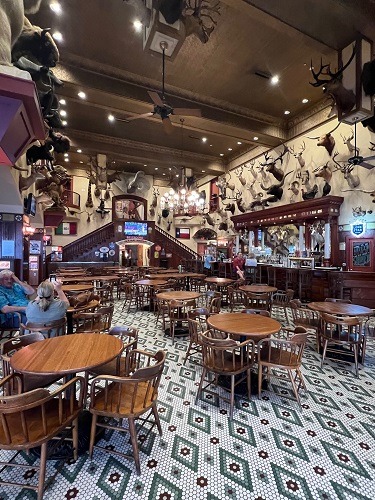
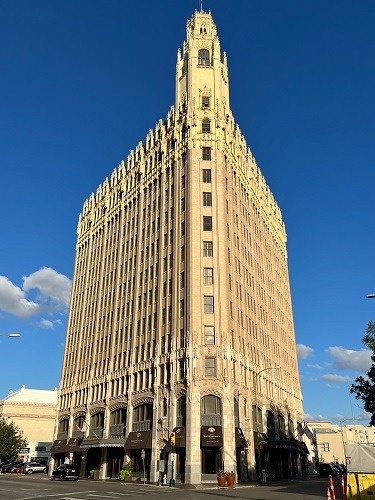



0 notes
Text
Las Vegas - The New and the Retro
Las Vegas began as a railroad link town in the early 1900's. In the early 1930's, the tiny settlement exploded with the construction of the nearby Hoover Dam, which created a huge demand for booze, gambling and women for the largely male workforce. Many of the early casinos were built by the mafia, and the city has gone through a number of phases since - from the post-WWII boom years, to the Howard Hughes years, to the modern "megaresort" era.
You can break Vegas down into two broad choices for exploring on foot: The "New" Strip (just called "The Strip") and The Old Strip (called the "Fremont Street Experience"). While both offer endless entertainment options, they are very different experiences. If you want to make your pedometer happy - and register a 15-20 mile weekend - it's possible to cover both sections in a couple days!
Fremont Street Experience is defined by its five-block pedestrian walkway that connects all the big hotels, and is covered by massive video screen canopy. According to Wikipedia, it is the largest video screen in the world. While looking up to view it, you'll occasionally notice people sailing through the sky, Superman-like. This is the SlotZillah zipline, and ticket info is here.
The walkway is lined with outdoor bars, various street shows, and three stages which feature mainly cover bands at night. Most of the hotels date from the early 1900's (Golden Gate, 1906) to the 1960's (Four Queens, 1966). Most have been renovated multiple times, have all the modern slots, and also have much lower table limits than the mega-hotels on the Strip. All have many places to eat, and if in a pinch, there is always the White Castle on the walkway (can't miss the prominent sign). Indeed, a buddy of mine's favorite experience is to grab a six pack of those square burgers and head inside D's across the street to play the last remaining Sigma Derby (built in 1985) horse racing machine.
I like all the various relics from yesteryear - like the vintage slots at the Golden Gate, the supposedly haunted Apache Hotel that sits inside Binion's, and all the retro signs like Vegas Vic. Nearby is a spectacular museum on the history of the Mafia, simply called The Mob Museum.
A couple things to know: the walkway can get hot in summer, and there are some sketchy characters about - keen an eye on purse and wallet.
The Strip is bounded by the famous Vegas sign (and Pinball Hall of Fame across the street) and the upscale Wynn Hotel three miles north on Las Vegas Boulevard. The Mirage is largely credited with jumpstarting the "megaresort" phase of The Strip in the late 1980's, with its massive size, tropical rainforest and Siegfried and Roy shows.
Most of hotels on the Strip have high-end clubs, huge gambling floors and sports books - not to mention shopping malls. Some of the resorts take up an entire block. Many of hotels connect together through tunnels and walkways (Mandalay Bay, The Excalibur and The Luxor all connect, for example).
Personal favorites: Caesars Palace, which has the best sports book and game viewing, hourly animatronic shows (called The "Fall of Atlantis") and a simulated sky. The Aria has a relaxing "open air" vibe with its high ceilings and sleek design, not to mention a Javier's Mexican Restautant
Check out Fremont Street to:
See the true "old soul" and nostalgia of Vegas
Party it up with friends and live music
Save some dollars on table limits and room rates
Don't mind a sensory overload of blaring loud music, techno visuals and large crowds (especially at night)
Check out The Strip to:
Have a more high-end experience
Go clubbing and see shows
Check out expensive shops
Spend some serious dough

Famous Las Vegas Sign (1959) - The Strip
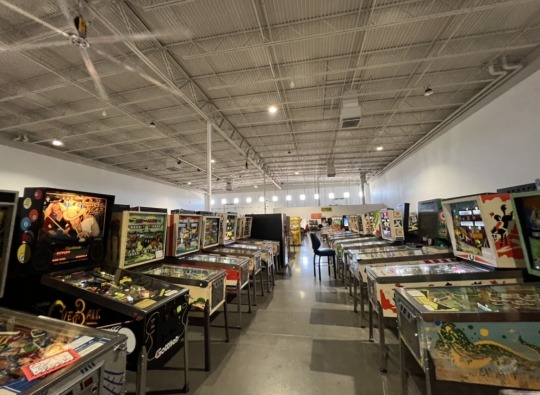
Pinball Hall of Fame - The Strip
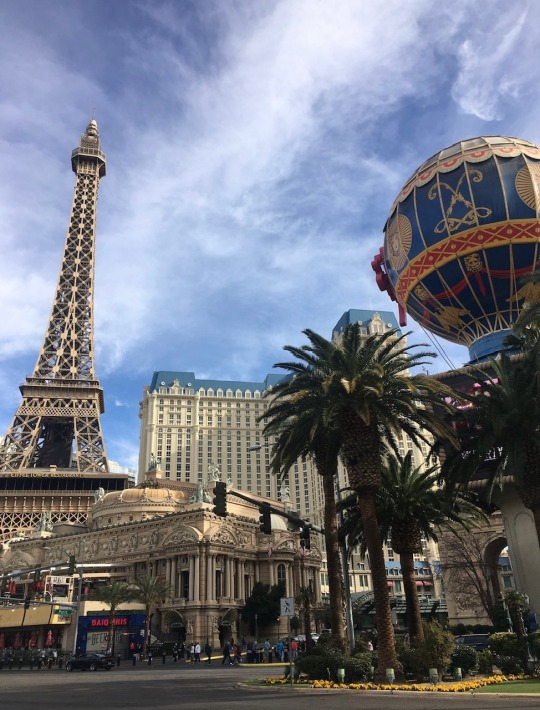
Paris Las Vegas - The Strip

Excalibur, New York New York and MGM Grand - The Strip
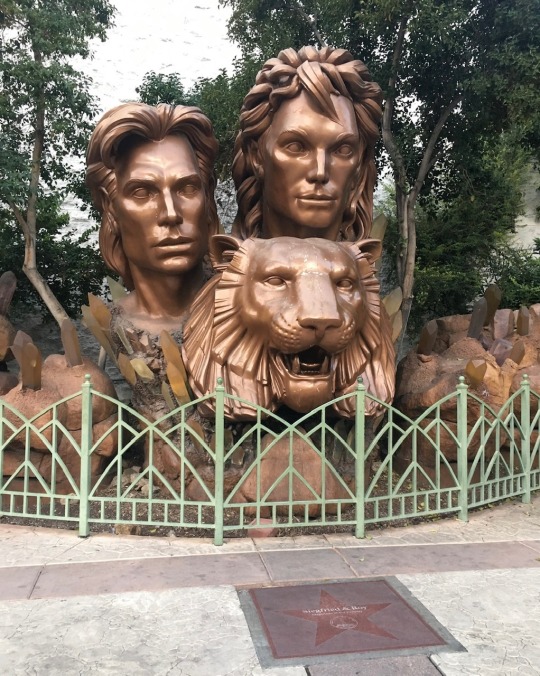
Siegfried and Roy Dedication - The Strip

Fremont Street Experience

Fremont and 4 Queens - Fremont Street
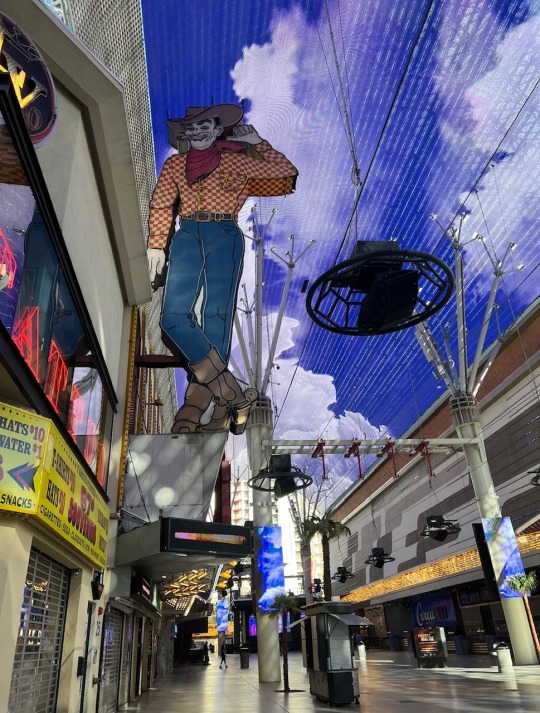
Vegas Vic (1951), classic relic from Old Strip - Fremont Street

last remaining Sigma Derby machine (early 1980's) at D's - Fremont Street
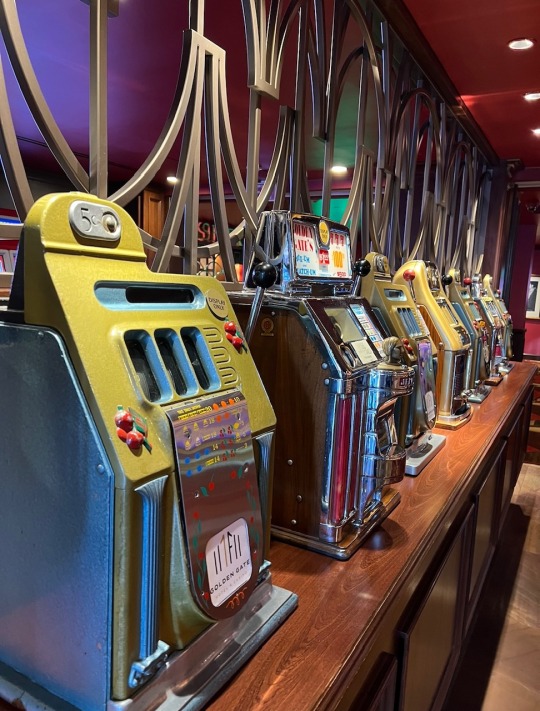
vintage machines at Golden Gate Casino (1906) - Fremont Street

haunted Apache Hotel at Binion's (featured on Travel Channel's "Ghost Adventures") - Fremont Street

Largest gold nugget in existence at Golden Nugget Casino (1946) - Fremont Street
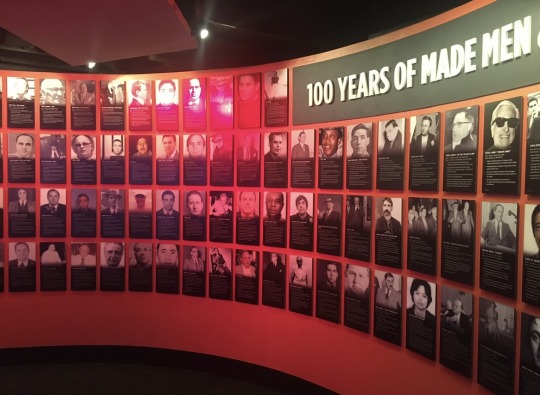
Mob Museum - Fremont Street
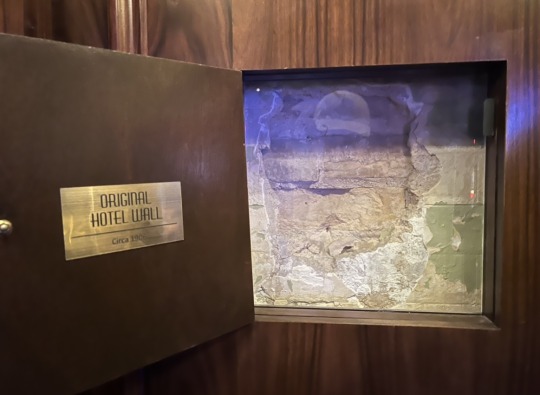
secret Original Hotel Wall display at Golden Gate Casino (ask employee to show you) - Fremont Street
#markloftin#explore#mark loftin#travel#urban exploring#roadtrippinmark#lasvegas#fremontstreet#aria#caesars
1 note
·
View note
Text
48 Hours in Boston
With its narrow one-way streets, hidden alleys and who-knows-what around every corner, downtown Boston is tailor-made for exploring on foot. In fact, the first thing a podcast mentioned was that this is an awful city to rent a car in - the colonial made-for-horse'n'buggy streets and aggressive drivers there make that car rental insurance they push on you mandatory.
Most websites list the Freedom Trail as the top attraction in Boston, and I'd have to agree - it is a great way to explore a ton of historic sites and the city in general. A line of red bricks guarantees you won't lose the trail, but I definitely encourage taking a few turns and exploring some of the side streets and alleys, especially in the area near The Bell in the Hand (established in 1795, supposedly the oldest continuously operating bar in the US, though some websites differ on this). My favorite parts of the trail were the three old cemeteries, all of which look like they're from a Stephen King horror flick and have graves dating to the late 1600's (including the graves of Paul Revere, Samuel Adams and other noteworthy patriots).
I had recently watched the Netflix series "This Is a Robbery," so I had to check out the Isabell Gardner Museum. True to the series, the 17 empty frames left behind in the $500 million unsolved heist are here, just hanging out empty! But I wasn't expecting the museum to be as awesome as it is (the series definitely did not do the museum justice here). It felt like wandering a huge mansion with all sorts of century old furniture, statues, display cases of artifacts and curios and a paradise-like courtyard. I didn't know much about the art history here, but did recognize some of the big names here from that college general ed course - Rembrandt, Raphael and Matisse to name a few.
The mandatory food requirement in Boston is the lobster roll sandwich, and I tried two (The Bell in Hand and Saltie Girl), both of which were delicious. For Boston Cream Pie go the original source, The Omni Parker Hotel, which is so haunted they will give you a list at check-in desk of the various hauntings over the years. Mike's Pastries also worth checking out!
If you're into the haunted and paranormal, check out the Ghosts and Gravestones tour (do a night booking!) - a trolley tour with a few stops in the old cemeteries and some Boston horror tales thrown in while on the ride.






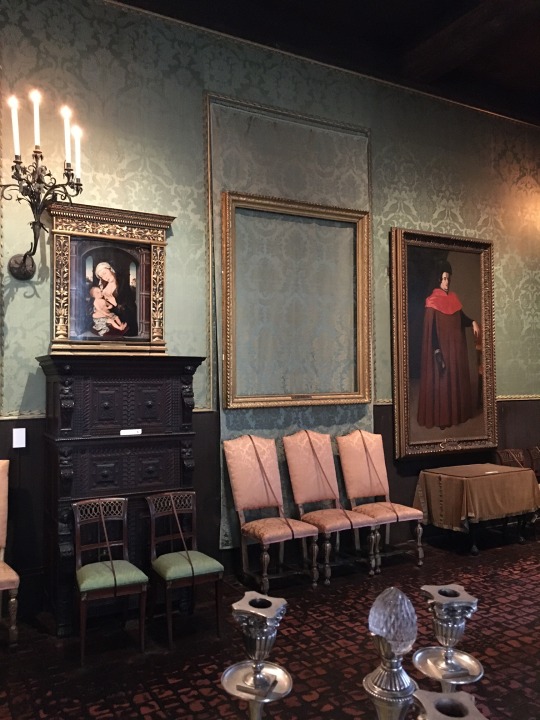



#boston#freedom trail#lobster roll#paul revere#samuel adams#granary cemetery#copps burial ground#cemeteries#gravestones#boston common#patriot#bell in the hand#old north church#cheers#ghostsandgravestones#citytrolleytour
4 notes
·
View notes
Text
48 Hours in Manhattan
Flat and with a basic square grid structure (making it hard to get lost), Manhattan is a great city to cover on foot. It would take a season to cover all the largest city in the US (population 9M) and its five boroughs, but a good chunk of the Manhattan can be walked in 48 hours with some planning. In fact, at 13 miles in length, the entire borough can be walked in a day, but that would not leave much time to check out everything passing you by...
My recommended "bucket list" for Manahattan (in no particular order) would be:
Empire State Building (go to top)
Statue of Liberty / Ellis Island
Central Park and the Met
911 Memorial
Katz's Delicatessen
Wall Street area
Upper East Side / Museum Mile
Ulysess Grant Memorial
Little Italy
Brooklyn Bridge crossing on foot
Washington Arch / Greenwich Village
Tal Bagels









#pastramisandwich#katzsdeli#nyc#ny#manhattan#markloftin#mark loftin#travel#urban exploring#exploringonfoot#bigcities#centralpark#thedakota#lennon#washingtonarch#upper east side#central park#the dakota#explore#explore on foot#random travel#empire state building#911#brooklyn bridge#911 memorial#bowery
0 notes
Text
48 Hours in Chicago
Chicago is a great city explore on foot, as many of the sites are clustered together. Even though it's the third largest city in America, it can be conquered in a weekend.
Aside from the obligatory tourist sites like the world famous architecture and Millenium Park (with that bean-mirror structure called Cloud Gate), there are plenty of off-the-beaten path surprises that reward random exploring on foot. Two tours I recommend are the architecture river cruise and the Gangsters and Ghosts walking tour. Both are about 90 minutes and can be easily done in a morning or afternoon. The Willis Tower has awesome views of the city, but lines can get long so book tickets in advance.
I'm not a huge art guy, but The Art Institute of Chicago is definitely worth a couple hours. Some real classics in here, including Edward Hopper's Nighthawks, Grant Wood's American Gothic, a bunch of Van Goghs and some Dali-inspired surrealist stuff. This is one of those museums where there are cool surprises around every corner.
A few miles north of downtown (also called "The Loop") is Lincoln Park. The park has a huge free zoo, all sorts of random stuff to check out (including this huge National Historical Landmark lily pool), and on a hot day...shade. West of the park in the Lincoln Park neighborhood are tons of restaurants, shops and shaded residential streets. The lost-in-time Biograph Theatre is where notorious bank robber John Dillinger was shot in 1934.
North of Lincoln Park is the oldest ballpark in the National League, Wrigley Field (1914). The park is like stepping into a time-capsule, and along with Boston's Fenway, a must for all MLB fans. Make sure to grab a PBR and a Chicago dog!
Speaking of food, while in Chicago it is mandatory to have the deep dish pizza (try Lou Malnati's), an Italian beef sandwich (Al's) and of course the Chicago Dog (The Weinercircle).
Some photos from the trip:




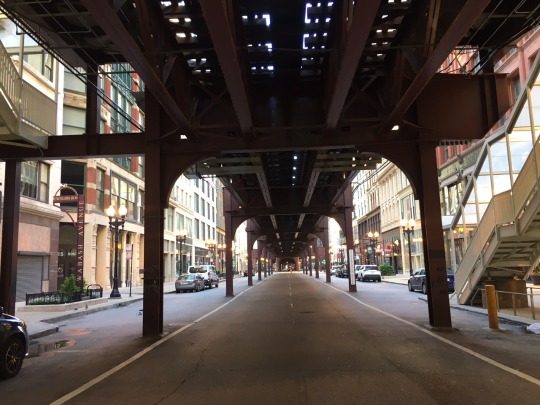
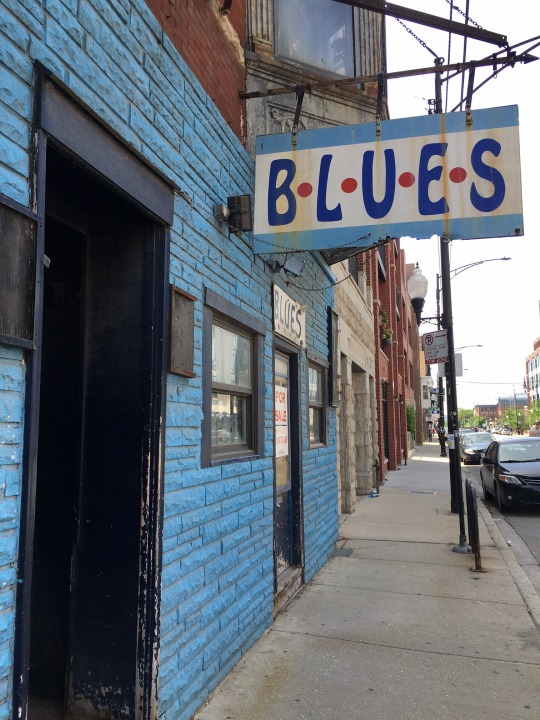




Thanks for reading, hope you enjoyed the post.
-Mark Loftin
#markloftin#chicago#urban exploring#big cities#solo exploring#wrigley field#millenium park#cloud gate#american gothic#mark loftin#loftin#travel#travel photography#explore#the loop#architecture#biograph#dillinger#john dillinger#the L#chicago river#death alley#congress hotel#edward hopper#grant wood#lou malnaitis#weinercircle#als italian beef#lincoln park#blues brothers
4 notes
·
View notes